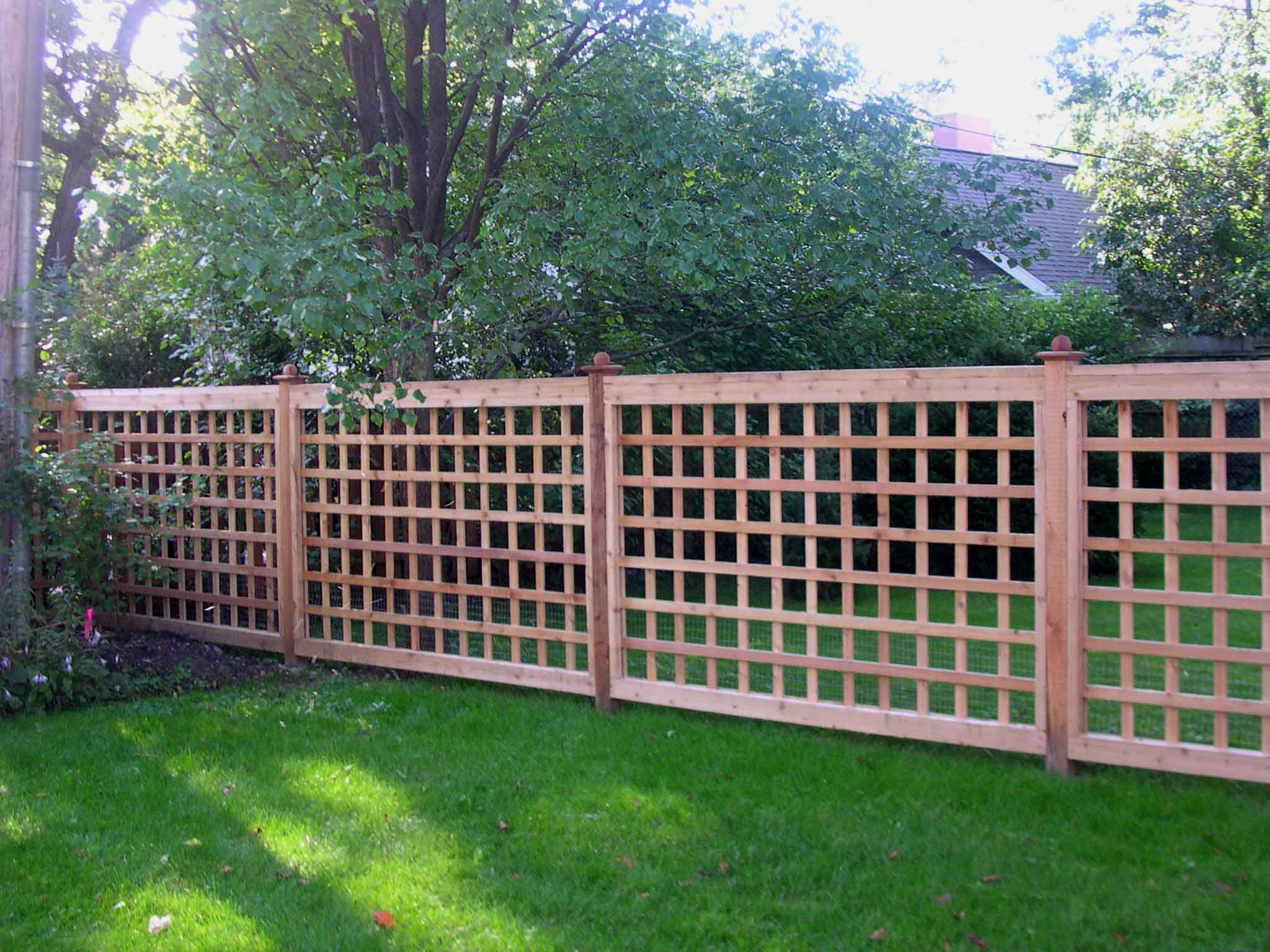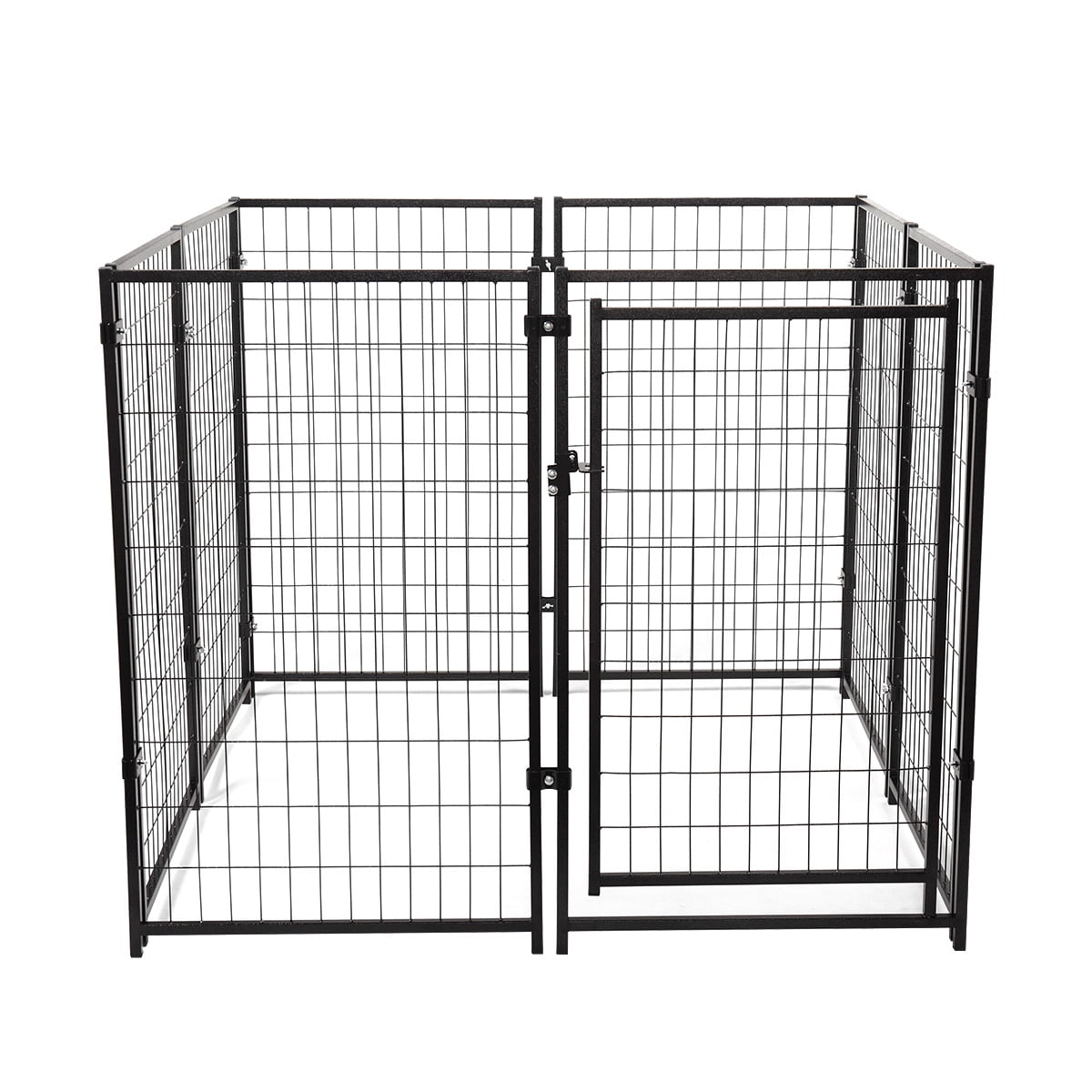
Dogs can even be grieviously injured or even killed if they are able to grab another dog (or part of a dog) through a fence. That frustration often turns into aggression, and the aggression can become very serious. A dog who is left for long periods of time (especially) in an enclosed yard can easily become frustrated and aroused by dogs being walked past her space and her inability to interact with those dogs. It can also be a very difficult behavior to live with.
#DOG BARRIER FOR YARD HOW TO#
If you have a scenic view from your yard, you’ll lose it.įor lots more on how to train dogs and manage their behavior, check out the other resources at aggression – barking, lunging, and fence-fighting – is an all-too-common canine behavior.Some dogs will continue to have the same behavior even with a barrier in place, or develop other undesirable behaviors that then need to be addressed.

The cost of construction and maintenance could be considerable.Visual barriers are not allowed everywhere.Here are a few other things to consider before putting up visual barriers: Or, you could set up a freestanding run with no shared fence lines (see photo below). If aggression at the fence line is the problem, you can attach an additional layer of fencing (creating a double fence) if your dog, or the neighbor’s dog, is willing to bite through the fence (see photo at right). Faced with path obstacles, many dogs decide that fence-line running is not as exciting as it once was. The goal is to help the dog decide to run less on her own.

If possible, you can also change the dog’s space, putting her in a place with different dogs or neighbors on the other side of the fence.Īnother thing to try: Set up path obstacles along the fence line (see above photo). If you are part of a rescue group and/or you’re fostering the dog, send the dog on outings and sleepovers with other people. Interacting with a social dog in any of the ways listed above may reduce fence-line running and, at the very least, will help him enjoy a bigger, better life.


 0 kommentar(er)
0 kommentar(er)
